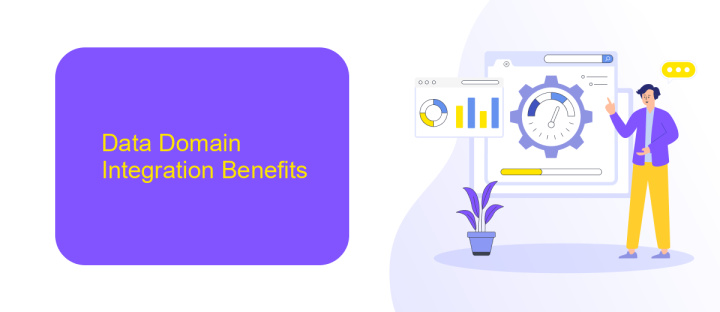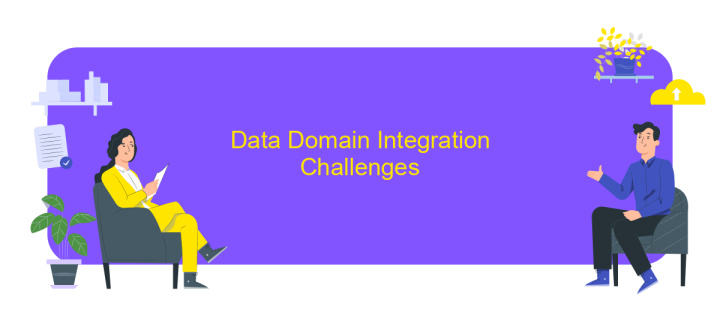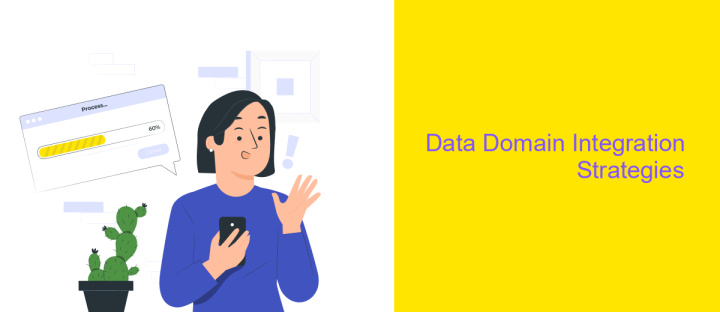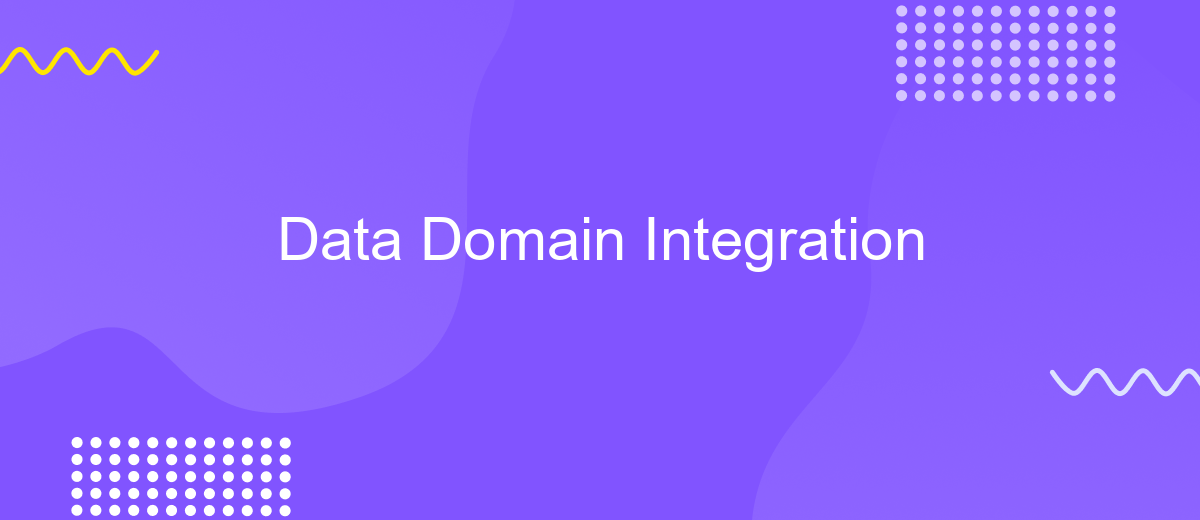Data Domain Integration
In today's data-driven world, integrating diverse data domains is crucial for deriving actionable insights and achieving operational efficiency. Data Domain Integration involves harmonizing data from various sources, enabling seamless communication and comprehensive analysis. This article explores the methodologies, benefits, and challenges associated with integrating multiple data domains, providing a roadmap for organizations striving to enhance their data management strategies.
Data Domain Integration Overview
Data Domain Integration is a critical aspect of modern data management, enabling seamless connectivity and interoperability between diverse data sources and systems. This integration facilitates the consolidation of data from various domains, ensuring that information is accessible, consistent, and reliable across the organization. By leveraging advanced integration techniques, businesses can enhance their data quality, streamline processes, and drive informed decision-making.
- Improved data consistency and accuracy
- Enhanced data accessibility and availability
- Streamlined data management processes
- Facilitated compliance with data governance policies
- Increased operational efficiency and productivity
Effective Data Domain Integration requires a strategic approach, utilizing robust tools and methodologies to ensure seamless data flow and integration. Organizations must focus on establishing clear integration objectives, selecting the right technologies, and continuously monitoring and optimizing the integration processes. By doing so, they can unlock the full potential of their data assets, drive innovation, and maintain a competitive edge in the market.
Data Domain Integration Benefits

Integrating data domains offers numerous benefits, enhancing the overall efficiency and effectiveness of data management processes. By consolidating data from various sources, organizations can achieve a unified view of their information assets, leading to improved decision-making and streamlined operations. This integration reduces data silos, ensuring that all departments have access to consistent and accurate data, which is crucial for maintaining data integrity and fostering collaboration across the enterprise.
Moreover, data domain integration can significantly enhance data quality and governance. Tools like ApiX-Drive facilitate seamless integration by automating data workflows and ensuring real-time data synchronization between different systems. This not only saves time and resources but also minimizes the risk of errors and inconsistencies. Additionally, integrated data domains enable advanced analytics and reporting capabilities, allowing organizations to extract valuable insights and drive strategic initiatives. Overall, the integration of data domains is a strategic move that empowers businesses to harness the full potential of their data.
Data Domain Integration Challenges

Integrating data domains across an organization can be a complex and challenging endeavor. The process often involves aligning disparate data sources, ensuring data consistency, and maintaining data quality. These challenges can significantly impact the efficiency and effectiveness of data management practices, making it crucial to address them proactively.
- Data Silos: Different departments may have isolated data systems, making it difficult to achieve a unified view.
- Data Quality: Inconsistent data formats and standards can lead to inaccuracies and misinterpretations.
- Scalability: As organizations grow, the integration solution must be able to handle increasing volumes of data.
- Security: Ensuring that data integration processes comply with security and privacy regulations is paramount.
- Technical Complexity: Integrating various technologies and platforms can be technically demanding and resource-intensive.
Addressing these challenges requires a strategic approach that includes robust data governance policies, the adoption of standardized data formats, and the implementation of scalable and secure integration solutions. By proactively managing these issues, organizations can achieve seamless data domain integration, leading to more informed decision-making and improved operational efficiency.
Data Domain Integration Strategies

Integrating data domains effectively is essential for ensuring data consistency, accuracy, and accessibility across an organization. A well-structured approach to data domain integration can significantly enhance decision-making processes and operational efficiency. There are several strategies that organizations can adopt to achieve seamless data domain integration.
One common strategy is the use of data integration platforms, which provide tools and frameworks for consolidating data from various sources. These platforms often include features such as data transformation, cleansing, and enrichment, which help maintain data quality during the integration process. Another approach is the implementation of data governance policies that define standards and practices for data management across different domains.
- Data Integration Platforms: Tools and frameworks for consolidating data.
- Data Governance Policies: Standards and practices for data management.
- Master Data Management (MDM): Centralized management of key business data.
- ETL Processes: Extract, Transform, Load processes for data migration.
By combining these strategies, organizations can create a robust data integration framework that supports accurate, timely, and reliable data exchange across all business units. This holistic approach not only improves data quality but also fosters a data-driven culture, empowering teams to make informed decisions based on comprehensive and integrated data insights.
Data Domain Integration Case Studies
One notable case study in data domain integration involves a leading e-commerce company that successfully streamlined their operations by integrating various data sources. By leveraging the capabilities of ApiX-Drive, they were able to connect their CRM, email marketing, and inventory management systems seamlessly. This integration not only improved data accuracy but also enabled real-time updates, significantly enhancing their decision-making processes and customer engagement strategies.
Another compelling example is a healthcare provider that utilized data domain integration to consolidate patient records from multiple databases. Using ApiX-Drive, they managed to synchronize data across different platforms, ensuring that healthcare professionals had access to up-to-date patient information at all times. This integration not only improved the quality of care but also reduced administrative overhead and minimized the risk of errors, ultimately leading to better patient outcomes.
FAQ
What is Data Domain Integration?
Why is Data Domain Integration important?
What are the common challenges in Data Domain Integration?
How can automation help in Data Domain Integration?
What should be considered when choosing a Data Domain Integration tool?
Do you want to achieve your goals in business, career and life faster and better? Do it with ApiX-Drive – a tool that will remove a significant part of the routine from workflows and free up additional time to achieve your goals. Test the capabilities of Apix-Drive for free – see for yourself the effectiveness of the tool.

